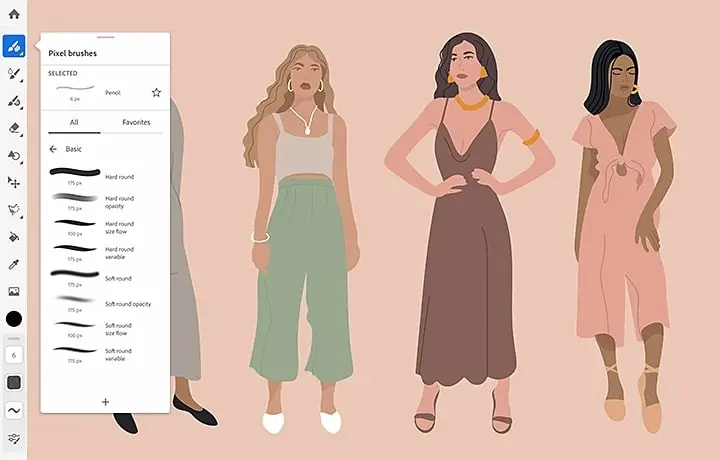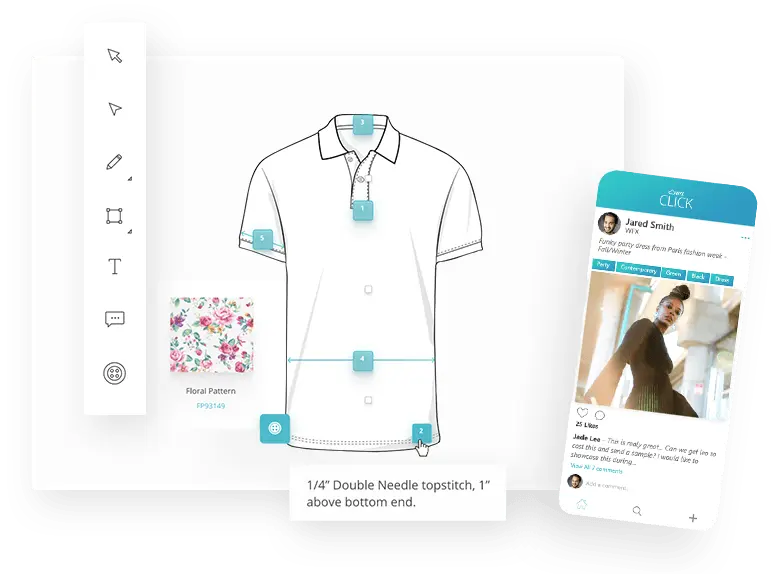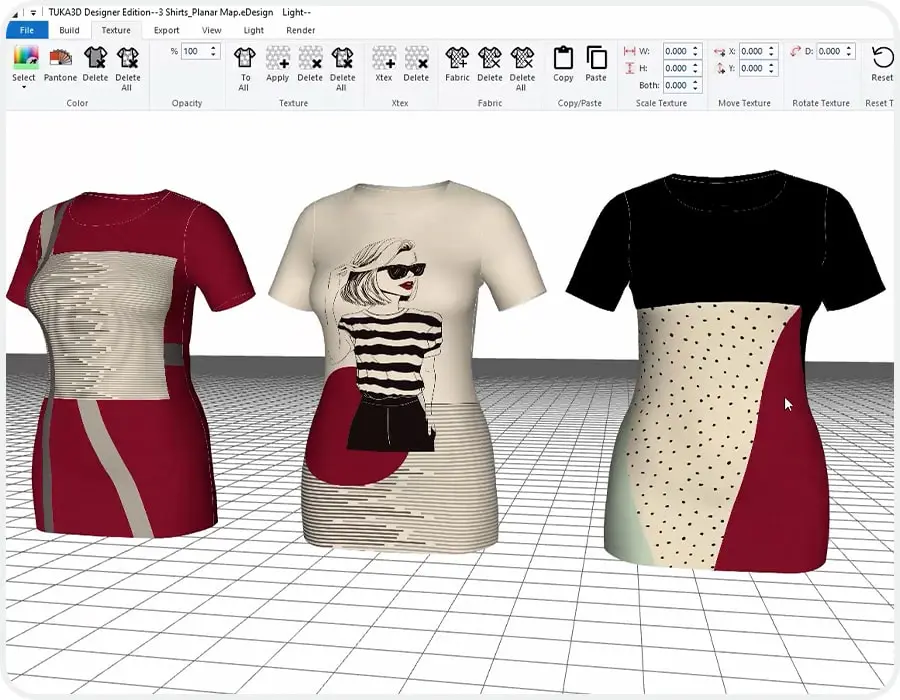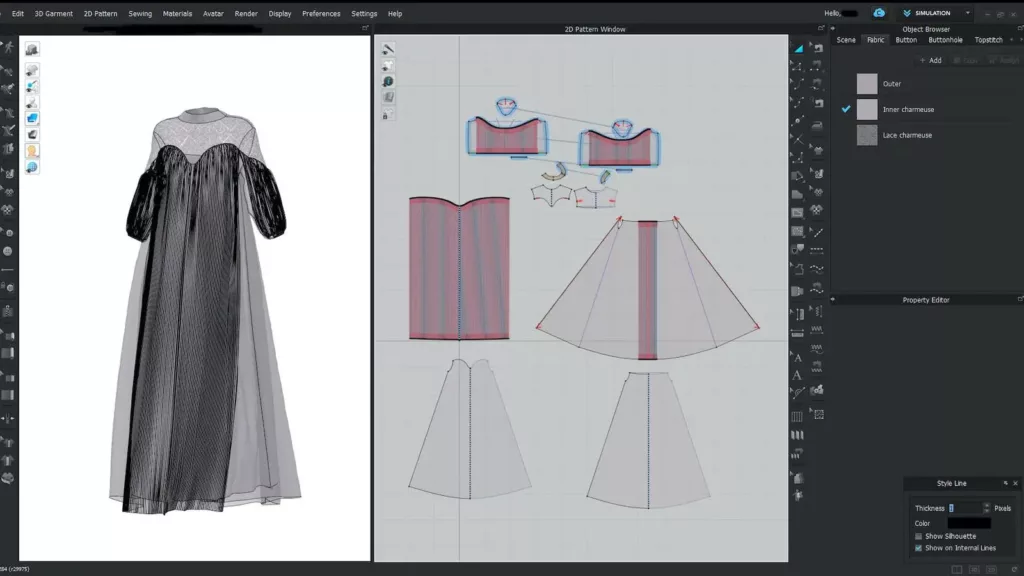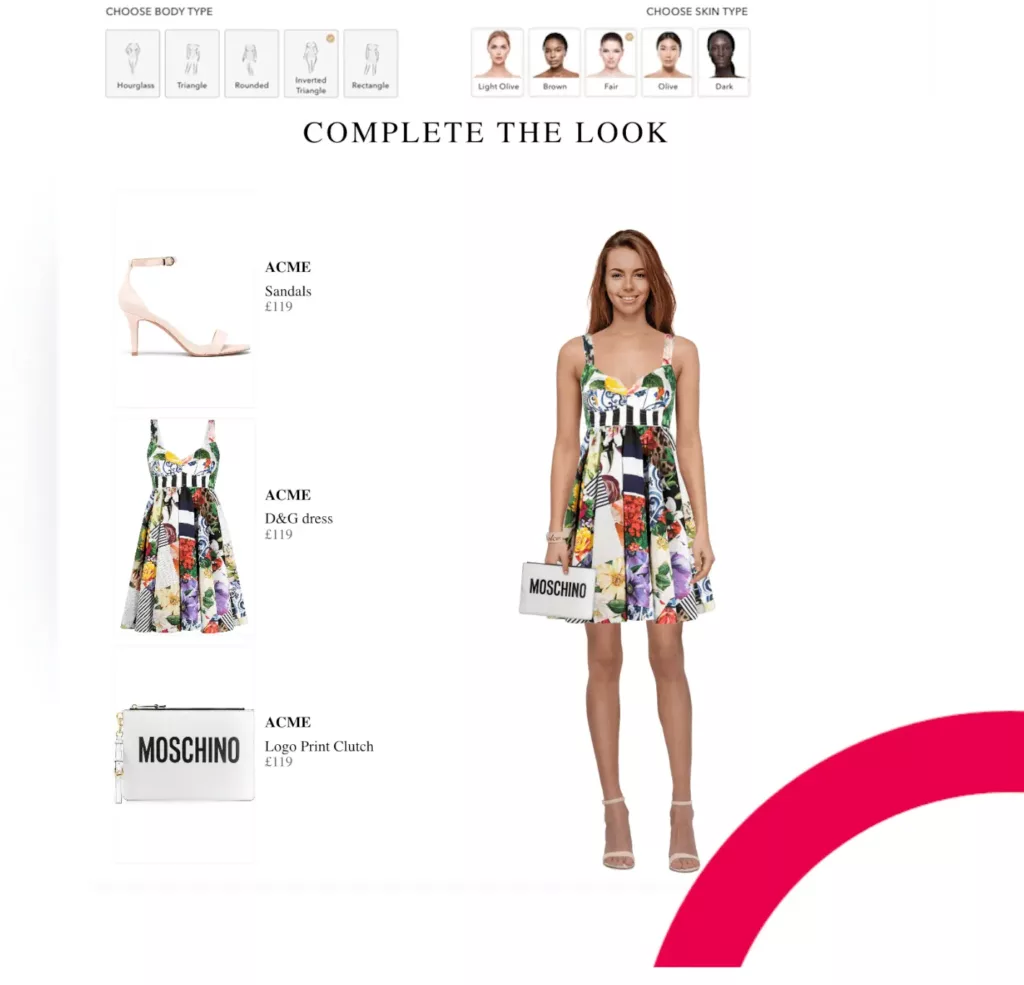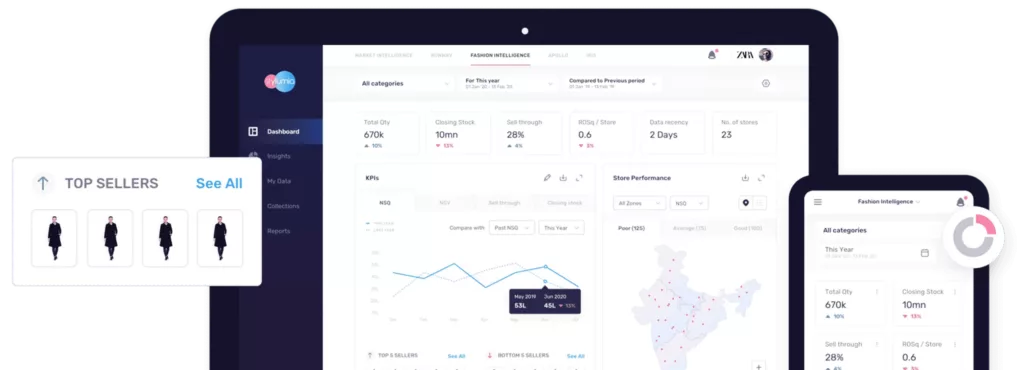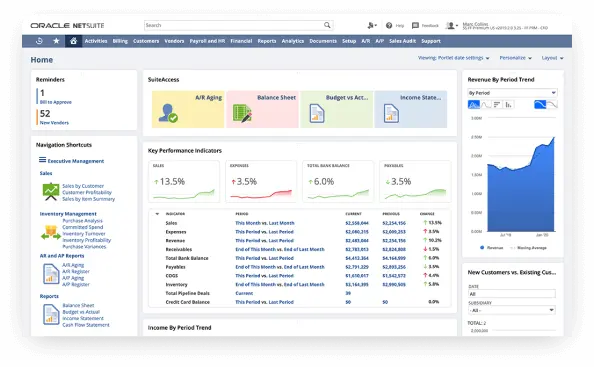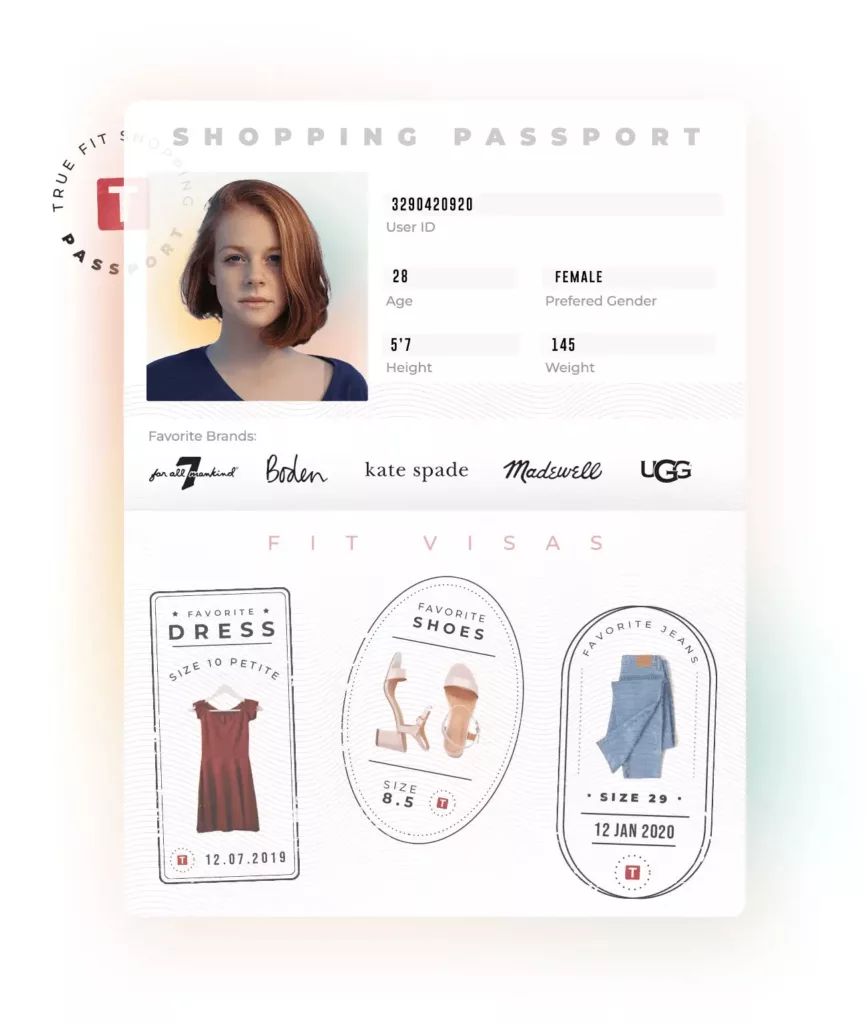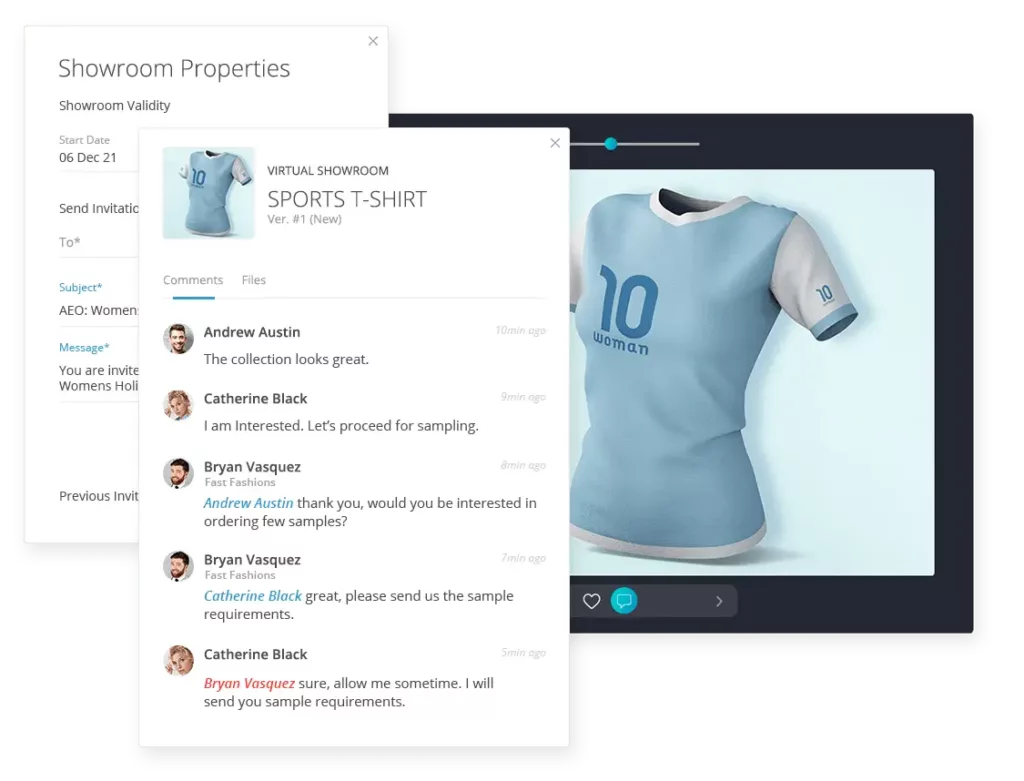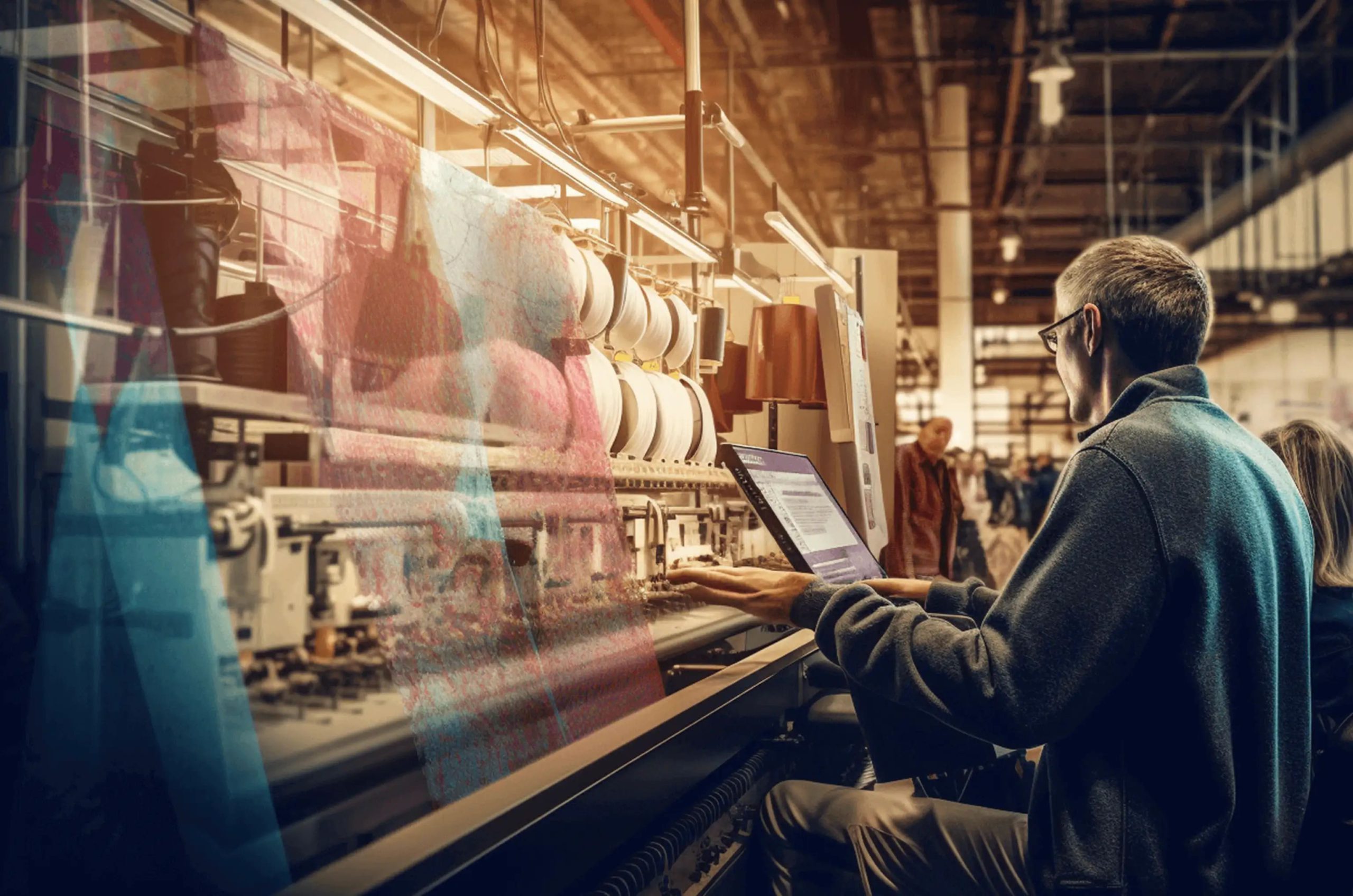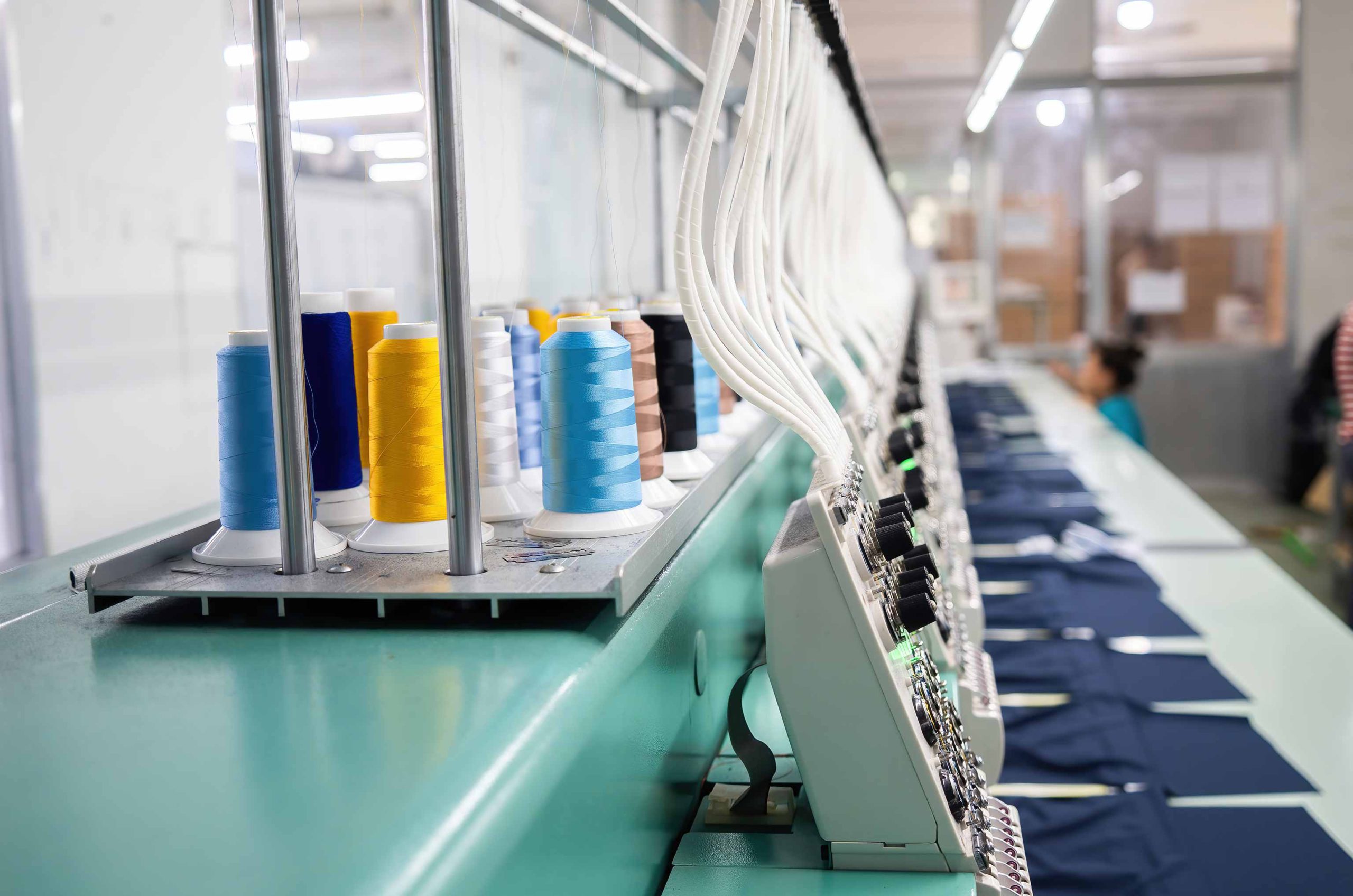The top 10 best fashion software tools for apparel brands
-
Introduction
The fashion industry is growing quickly, and so are the demands of consumers. As if running a fashion business wasn’t hard enough, the advent of fast fashion has now got customers expecting new collections in stores every other week.
It’s setting business owners back hundreds, if not, thousands of dollars, and forcing them to work around the clock to meet their customer’s demands while still offering high-quality, sustainable products.
As a brand, you’re supposed to design, manufacture, test your product, and ship it all while keeping the cost and sustainability of your business in mind—but how do you keep up?
Luckily, there are plenty of tech companies out there that have a passion for fashion. These companies have developed software to help you manage your business more efficiently, so you can get back to doing what you do best: making clothes that make people feel good!
-
Top fashion software on the market
1. Adobe Illustrator
Once you’ve drawn a rough sketch, it’s time to bring your product to life. For most fashion designers and students, creating a technical sketch in Adobe Illustrator is their first step. That’s because of its reasonable pricing and versatile capabilities. Adobe Illustrator can help you create flat and functional sketches, add different colors and sizes, make repetitive pattern/print designs, and more.
This CAD (computer-aided design) software was not specifically developed for fashion designers. Yet Adobe Illustrator and Photoshop continue to be two of the most utilized software programs in this industry.
Illustrator is often used to create flat/technical sketches, design textile prints, and put together line sheets for your manufacturers, buyers and merchandising teams.
Are you a fashion company looking to make your product development process more efficient? If so, then WFX PLM is the tool for you. WFX PLM is an end-to-end product lifecycle management software tailor-made for the fashion industry. Brands can use WFX PLM to digitize and streamline their complete production line, from design and planning all the way to shipping. The PLM helps you centralize all product information, connecting vendors, designers, buyers, and developers on a single platform.
With WFX PLM, you can eliminate messy spreadsheets and complicated systems. It will help you achieve faster time to market, increase product quality, boost collaboration, bring transparency to the supply chain, and become more sustainable.
A hallmark feature of the PLM is that it integrates with all other software tools that you may already be using. This includes Adobe Illustrator, NetSuite, AIMS360 or even a homegrown system. This means transferring information is just a drag and drop away.
Fast growing brands including Skims, Forever New, Cult Gaia, Everlane, Gorjana are all using WFX PLM to simplify their product development.
Are you a fashion company looking to make your product development process more efficient? If so, then WFX PLM is the tool for you. WFX PLM is an end-to-end product lifecycle management software tailor-made for the fashion industry. Brands can use WFX PLM to digitize and streamline their complete production line, from design and planning all the way to shipping. The PLM helps you centralize all product information, connecting vendors, designers, buyers, and developers on a single platform.
With WFX PLM, you can eliminate messy spreadsheets and complicated systems. It will help you achieve faster time to market, increase product quality, boost collaboration, bring transparency to the supply chain, and become more sustainable.
A hallmark feature of the PLM is that it integrates with all other software tools that you may already be using. This includes Adobe Illustrator, NetSuite, AIMS360 or even a homegrown system. This means transferring information is just a drag and drop away.
Fast growing brands including Skims, Forever New, Cult Gaia, Everlane, Gorjana are all using WFX PLM to simplify their product development.
3. Tukatech
If you’re looking for an advanced pattern maker, you’ll feel right at home with TUKAcad. It’s a CAD software that will help you make patterns and gradings digitally, and it’ll ensure that your marker making follows suit. Tukatech is praised for its performance, accuracy, demos, customer service and for being used to use, making it a widely used, important fixture in the fashion industry.
There are two Tukatech software you can use according to your needs: TUKAcad and TUKA3D. While the CAD software is used for advanced pattern making, TUKA3D is an amazing 3D software for virtual prototyping.
TUKA3D will blow your mind with its digital avatars that can run, dance, and move any way you like. You can create life-like digital collections with 3D apparel fit and visualize your patterns via 3D garments with diverse measurement options. It’ll eliminate the need for physical samples with real-time motion simulation.
4. CLO 3D
CLO-3D is a visual simulation software that lets you see your garment creations in 3D before they’re even produced. It counts big brands like Adidas, Inditex, Patagonia, Levi’s, among others as its customers.
Not only can you envision the perfect colourways, engineered print layouts, graphic placements and emulate drape-sensitive fabrics. But you can also improve the design quality by checking the silhouette and fit during the development process. This is a one-of-a-kind software that claims to reduce lead time from 37 hours to 27 hours and boasts of a 55% sample adoption rate.
The software is packed with helpful features like 3D arrangement, garment edits and simulations and layers. It also has avatars, fit checks, animation, hardware and trims.
5. Intelistyle
Could a computer replace the human touch of a trained stylist? Well, that’s the claim of Intelistyle, an AI-powered styling solution for online and offline retail. Brands like Tommy Hilfiger, Dolce & Gabbana, and Tyrano have experienced an increase in average order value and conversions, according to Intelistyle’s claims.
To prove their point, the Intelistyle team hit the streets of London Fashion Week with their AI-driven style app. They presented British locals with two outfits. One was put together by a professional stylist. The other was put together by our algorithm. The people had no idea which was which—and yet 70% of them chose the Intelistyle outfit over the one put together by a human!
The team says their tool can help brands provide personalized product suggestions, create personalized landing pages and empower smart mirrors in stores. These features can be powerful tools in the retail space to drive targeted purchasing based on customer preferences and behavior.
6. Stylumia
Stylumia is a Bangalore-based firm that makes AI and machine learning software designed to help brands predict future trends, forecast demand, and manage inventory. Their demand sensing engine collects and analyzes publicly available global data to rank product trends.
They provide fashion designers, retail buyers, and merchandisers with a much deeper understanding of real-time consumer demand signals. The company’s software is already being used by major brands like LVMH, Uniqlo, Myntra, Amazon, Future Group, and Luxottica.
In fact, according to a Forbes interview, brands using Stylumia have seen an increase in sales and revenue between 25% – 50% compared to the performance of products not designed and merchandised using their platform. They’ve also been able to improve the prediction accuracy of style and color levels by up to 30%.
7. NetSuite ERP
If you’re in the apparel business, you know that manual processes can only get you so far. The sheer volume and variety of products, materials, orders, vendors, and documentation involved means that you need a robust system to keep track of it all.
That’s why you need an ERP (enterprise resource planning) system. Oracle’s NetSuite is a cloud-based solution that serves as a great example. It provides solutions for accounting, supply chain, inventory, order management, marketing and CRM to companies. NetSuite helps manage the businesses of more than 27,000 brands.
NetSuite is praised for its easy integration, true cloud technology, multi-language options and deep reporting capabilities. ERP is an essential business tool for any manufacturing firm. Especially if you want to know exactly how your business is doing instead of relying on guesswork.
8. TrueFit
When it’s time to shop online, the biggest pain isn’t paying for your items, but figuring out what size you are. Our bodies and styles change so much over time that you can be a size 24 in one brand and at the same time be a size 28 in another shop.
Product returns due to inconsistent sizing are having devastating effects on the environment. This is where tools like TrueFit come in. TrueFit is a personalisation platform for apparel and footwear. Their fitting algorithm helps online shoppers find their perfect size, fit and style through a series of questions on their app.
With over 150 million registered users, Truefit is used by companies such as UGG, Kate Spade, J.Crew, Ralph Lauren and more. With a 30% reduction in store returns, the company is helping brands gain consumer insights with their real-time data tracking system. A great tool for boosting customer satisfaction and loyalty.
9. Virtusize
Virtusize is a Sweden-based fashion technology company whose products help shoppers find their perfect fit from the comfort of their homes. The brand’s product line includes virtual fitting rooms, analytics and fit technology.
These tools help brands boost their average conversion to purchase rate. They give customers the confidence to buy higher quantities and more expensive items and reduce return turnover by upto 50%.
What differentiates TrueFit from other brands of the same nature is how they don’t just recommend sizes based on the size shoppers wear in other brands. They provide a 2D visual aid to determine the exact fit of an item, and generate a digital silhouette in order to compare it with clothes shoppers already own.
Virtusize presently works with more than 100 fashion retailers, including Ralph Lauren and Levi’s.
10. Virtual Showroom
Virtual Showroom is a new platform tool from WFX that allows fashion businesses to showcase their products to buyers virtually. It was introduced after physical showroom appointments took a massive hit during Covid and brands wanted something more than a zoom meeting or a plain website to conduct B2B sales.
Brands and manufacturers can both use WFX Virtual Showroom to sell clothes and other products without the need for physical samples or showrooms, eliminating overhead costs. Simply choose a virtual showroom template and tell a consistent brand story with your clothes. You can preview your Virtual Showroom in any market, and buyers and sellers can discuss your products in one-on-one discussions on the platform itself.
Customers can view designs in 2D and 3D via secure links to protect your intellectual property. The platform even lets you discuss upcoming collections, answer questions, and place orders online. In addition, the platform gives you analytical insights about how your products are doing and how your brand is performing.
-
Conclusion
With the fashion landscape changing as quickly as it has been since the pandemic. The importance of digitizing your business has never been more dominating.
Replace rudimentary manual systems full of errors with easy-to-use, user-friendly software. One that will decrease your cost margins and improve profits. Become a sustainable brand that your customers can associate with proudly and guilt-free.
Build a better tomorrow for your business, your team, your customers, and our planet by digitally transforming your business. If you want to learn more about how WFX can help you digitize your fashion business, sign up for a demo!

